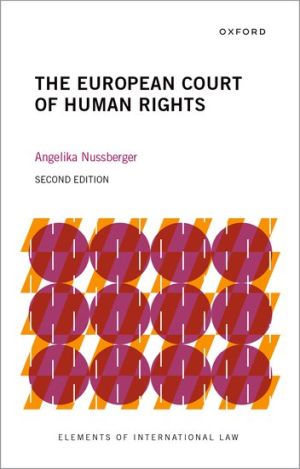
After the devastation of two world wars, Europe sought to prevent future conflict through new institutions-one of the most significant being the European Court of Human Rights. In this updated edition, Angelika Nussberger provides a comprehensive introduction to the Court, examining its mission, structure, procedures, and evolving jurisprudence.
The book explores how the Court has become a cornerstone of modern international and human rights law, while also facing mounting internal and external pressures. These include a surge in applications, political resistance to external criticism, and challenges in maintaining neutrality on contentious issues like migration and criminal justice. It also addresses tensions with national courts as well as attacks on the Court's authority by various actors.
This second edition also examines the impact of Russia's cessation as a party to the European Convention on Human Rights in 2022, as well as increasing resistance to implement judgements from nations such as Türkiye. Furthermore, it discusses recent landmark rulings on climate change and the reversal of its approach towards the protection of minorities in the Baltic States.
Through careful analysis of landmark cases-from Lawless v. Ireland to Klimaseniorinnen v. Switzerland- this book illustrates the Court's profound influence on European social and political discourse and ultimately asks whether the Court can continue to serve as “Europe's conscience” amid rising populism and shifting values.